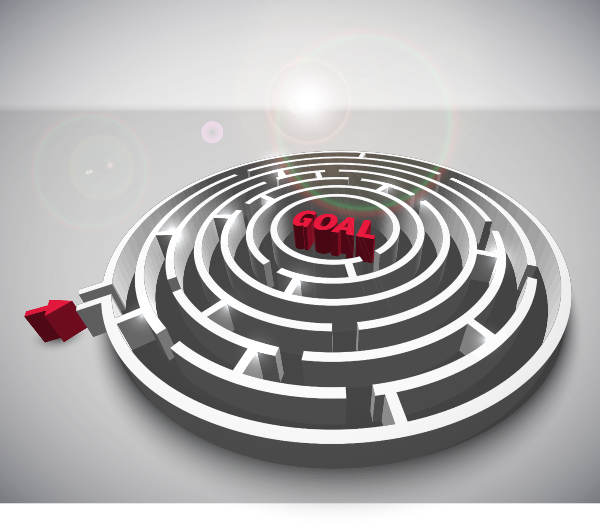4 Steps to Responding to Challenges
4 Steps to Responding to Challenges
What is the first thing you do when faced with a challenge? Is there an instant physical reaction? Are you thinking about the worst outcome? Do you speak profanity and feel angry?
If we can remember that the solution to every problem is in the problem itself and begin to take the challenges that come our way not only as opportunities to grow but also to practice patience, stop before reacting and jumping to conclusions, then we can find our way to the solution.
Here are 4 simple steps to practice when challenges arise.
STAND BACK
Literally with your whole self – get the bigger vision of what is happening.
- Mentally – take a stand back and stop everything.Get the full picture of what is happening and what all the moving parts are before jumping into reaction. OBSERVE it all without judging it. How can you focus on the good vs. the bad?
- Physically – literally take a stand back and take some deep breaths. This allows us to “rewire our brain” to respond differently.
- Emotionally ––observe yourself from an internal perspective. How does your body feel? What is your inner knowing telling you? This strengthens your intuition and leads to finding a solution. Move into observation without judging the situation or yourself.
BALANCE
Pause – standing back allows you to STOP and not get thrown off kilter mentally, emotionally or physically (i.e. stress in body). Pausing allows you to regain balance and tune into your inner knowing where solutions flow.
- Mentally – don’t get hooked into judging anything about this challenge. Redirect your thinking to be open and curious of the situation. You are in observance mode and looking at the options and possible results. What questions can you ask yourself?
- Physically – you are calmer from the inside out and are acting from a strong center stance.
- Emotionally – you are not engaged in the drama of the event but open to all possibilities and being curious about a solution while opening a different part of the body- mind system. Do not let your emotions determine how you feel about the event. What will help you shift your emotions?
ACT
Aim your target, set your strategy and take action.
- Mentally – be clear on the course of action and how to proceed, Hold this action in your mind.
- Physically – take deliberate, conscious action and be in the feeling of the result you desire. Focus on what you are creating, not what you don’t want or fear of the “what if’s.”
- Emotionally – be open and compassionate in the action you are taking. Take action from a place of balance and love verses fear and agitation.
SURRENDER
Let go and allow the results to work.
- Mentally – not wondering about the “what if’s.” Keep your mental dialogue in one that is allowing the action to do the work – no longer in your control. Keep your focus on what you want the results to create.
- Physically – recognize how good it will feel in your being to see the results you desire. Do something that releases any tension of the outcome: dance, run, go for a walk, ride a bike, stretch.
- Emotionally – acknowledge the learning from the event and how it is serving your growth, your team’s growth and the organization’s growth.
Start practicing integrated leadership by incorporating all aspects of yourself – body, mind and heart – and allow yourself to be fully engaged in the face of challenges in your work and life.
============
Please feel free to forward this to a colleague.
Be a Reflective Engaged Aware Leader
Integrate this practice at the annual B REAL Women’s Leadership Retreat for women executives and business owners.
Contact Katie for more information:
Katie@KatieBSmith.com
ONLY 10 SPOTS AVAILABLE – RESERVE YOURS TODAY!
http://bit.ly/2015BRWR
Share your thoughts with us on our Facebook Page.
Click the forward button below to share
this with a colleague or friend.

Katie B. Smith
www.katiebsmith.com
=========================
